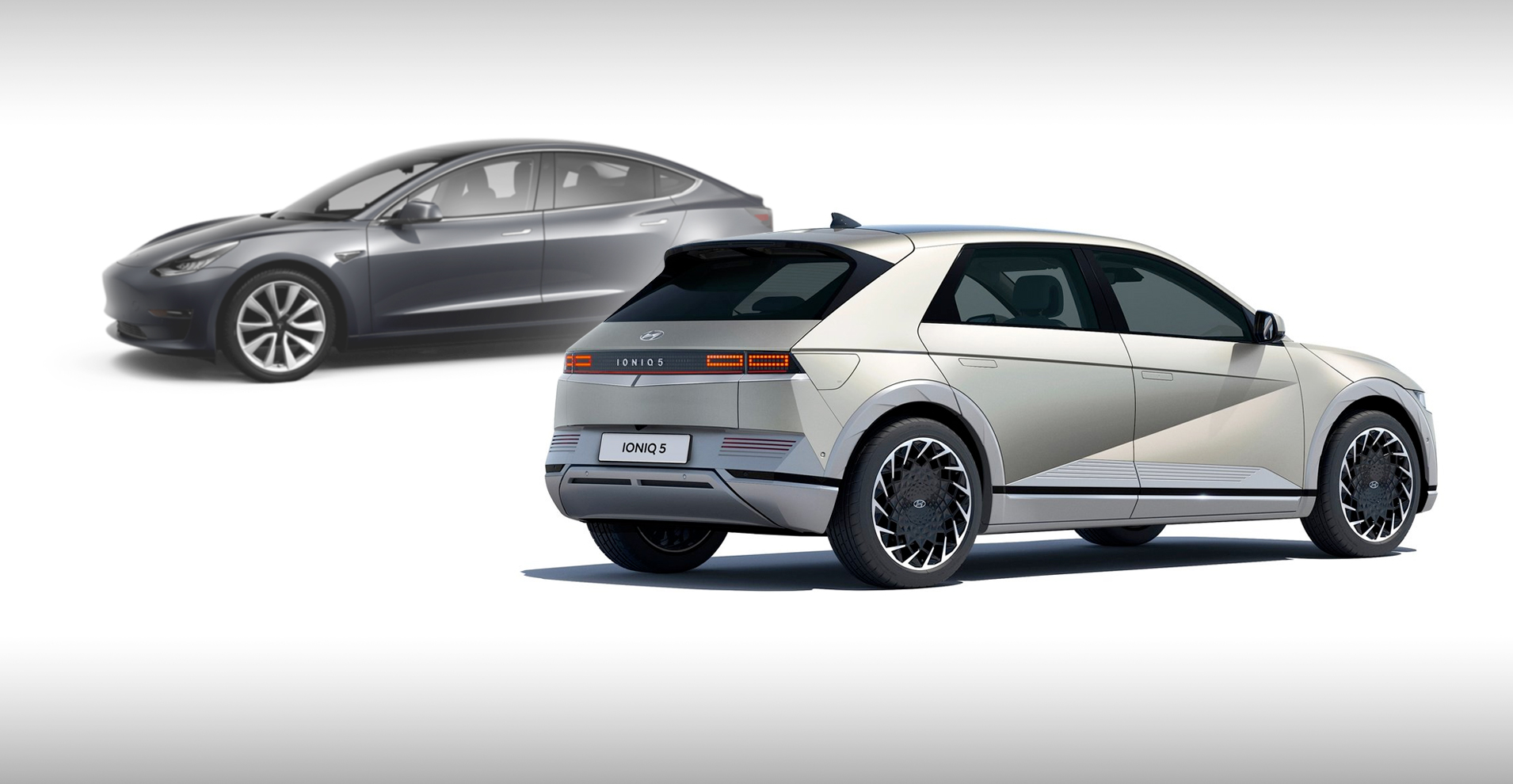Hyundai Australia has let loose with pricing and trim levels for the highly anticipated Ioniq 5, but how does it compare to the current top-selling electric vehicle – the Tesla Model 3?
While we work to bring you a full assessment of how these two compare on the road, here’s how they line up ‘on paper’.
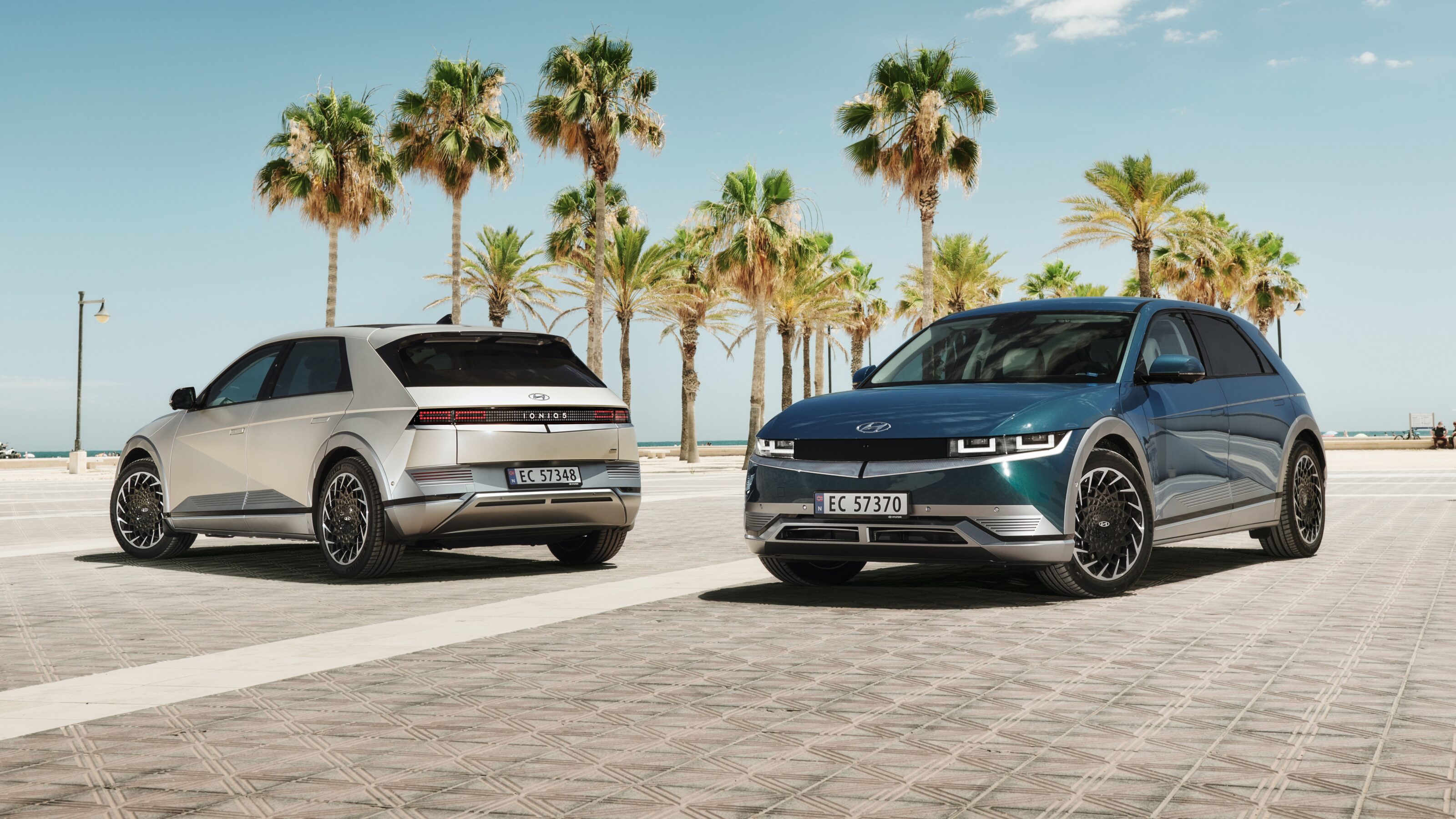
Performance
The Ioniq 5 is no slouch, with the AWD variant achieving a claimed 0-100km/h in 5.2s and 7.4s for the RWD drivetrain, but the Model 3 is undeniably quicker.
A similarly priced Model 3 Long Range clocks 4.4s doing 0-100km/h, but even the Standard Range Plus (0-100km/h in 5.6s) gets close to the fastest Ioniq.
Now… let’s not make too big a point of the Model 3 Performance and the 3.3s it takes to go from 0 to 100km/h – it tends to embarrass everyone on the affordable side of $100,000.
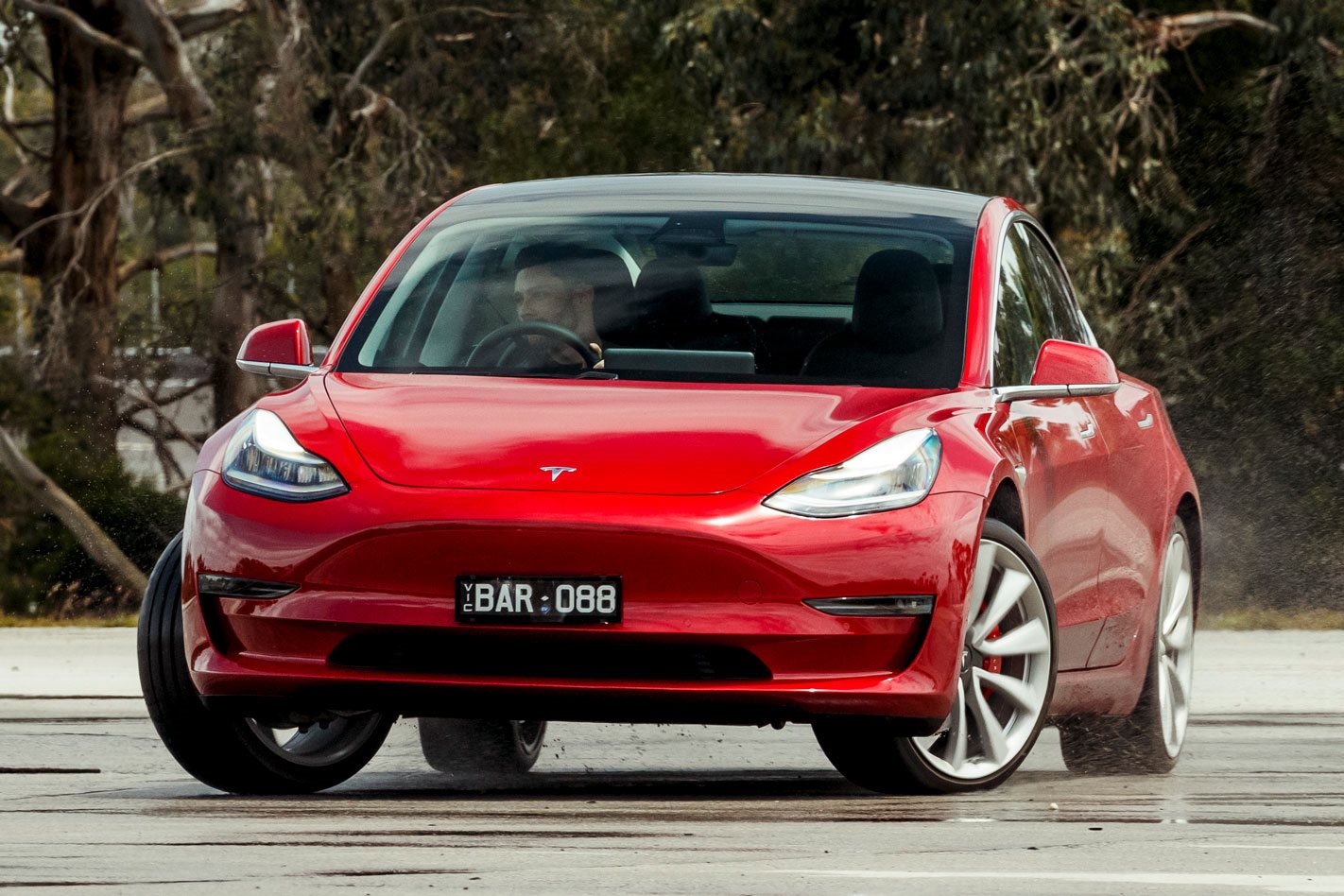
Range
Hyundai is stating 451km (RWD) and 430km (AWD) of driving distance for the Ioniq 5, while Tesla claims the Model 3 will do 448km (Standard Range Plus), 580km (Long Range) or 567km (Performance) before the battery runs out of juice.
Considering the Ioniq 5’s body shape, it’s natural to expect a lower driving range and anything north of 400km is more than enough for the majority of people, but the Model 3 Long Range wins this round if you suffer from severe range anxiety.
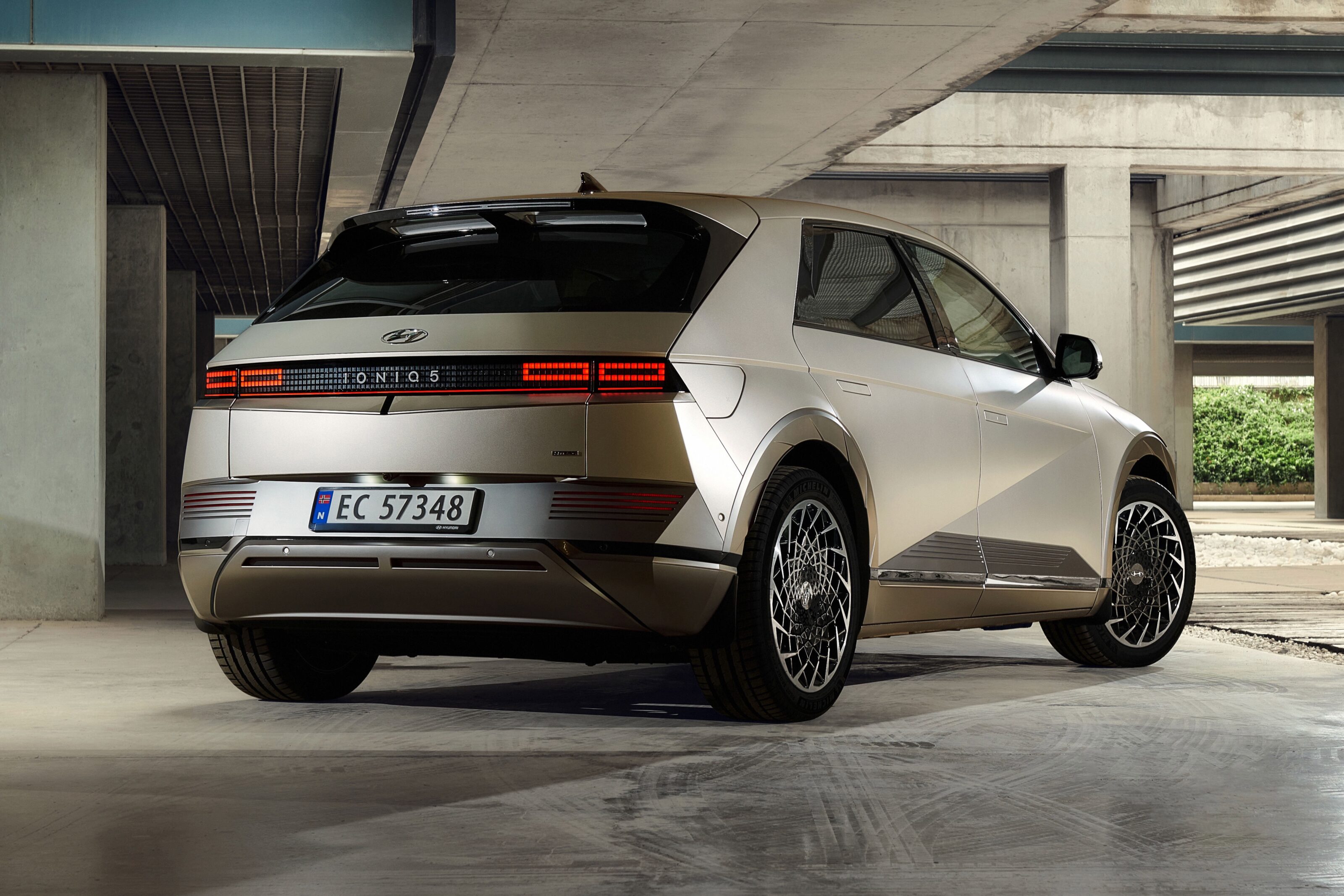
Charging speed
Both vehicles have similar AC charging capabilities (10.5kW for the Ioniq 5, 11kW for the Model 3), but one thing Hyundai has over Tesla is 800V charging capability.
On the right type of ultra-rapid charger (e.g. Tritium’s Australian made PK350 350kW unit), the Ioniq 5 will charge from 10 per cent to 80 per cent in just 17 minutes.
Charging the Model 3 from 10 per cent to 80 per cent would take approximately 25 minutes on Telsa’s latest V3 Superchargers.
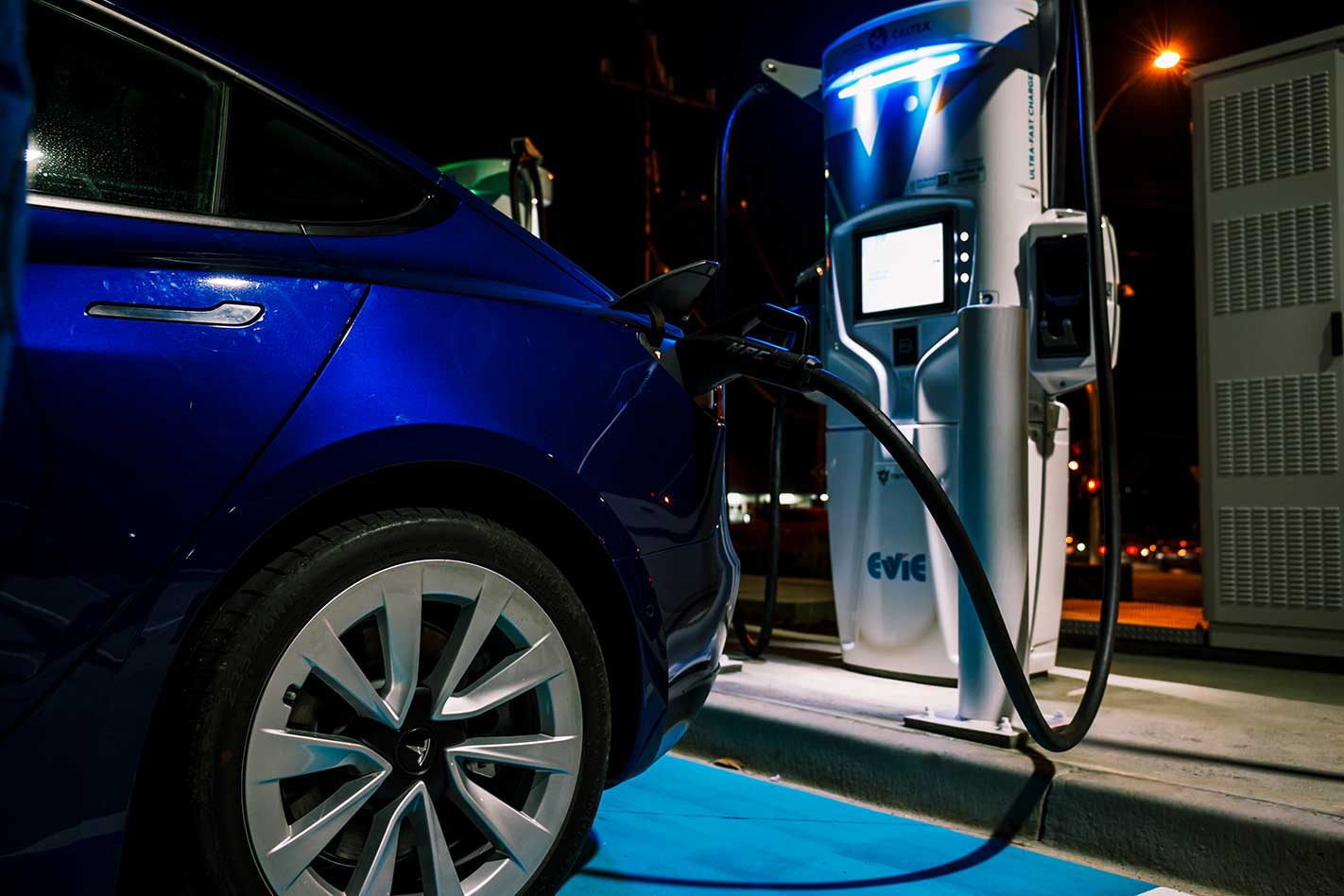
Charging network
Tesla has an advantage with its Supercharger network, as not only can the Model 3 charge at its own numerous sites – it can also use the same chargers as the Ioniq 5 ( Chargefox, Evie, NRMA, Queensland Electric Highway, et cetera). The Ioniq 5 however, cannot use Tesla’s Superchargers.
Tesla has hinted at opening up the Supercharger network to other manufacturers, but has yet to do so. For now there’s more places to charge a Model 3 out in the wild than there is an Ioniq 5.
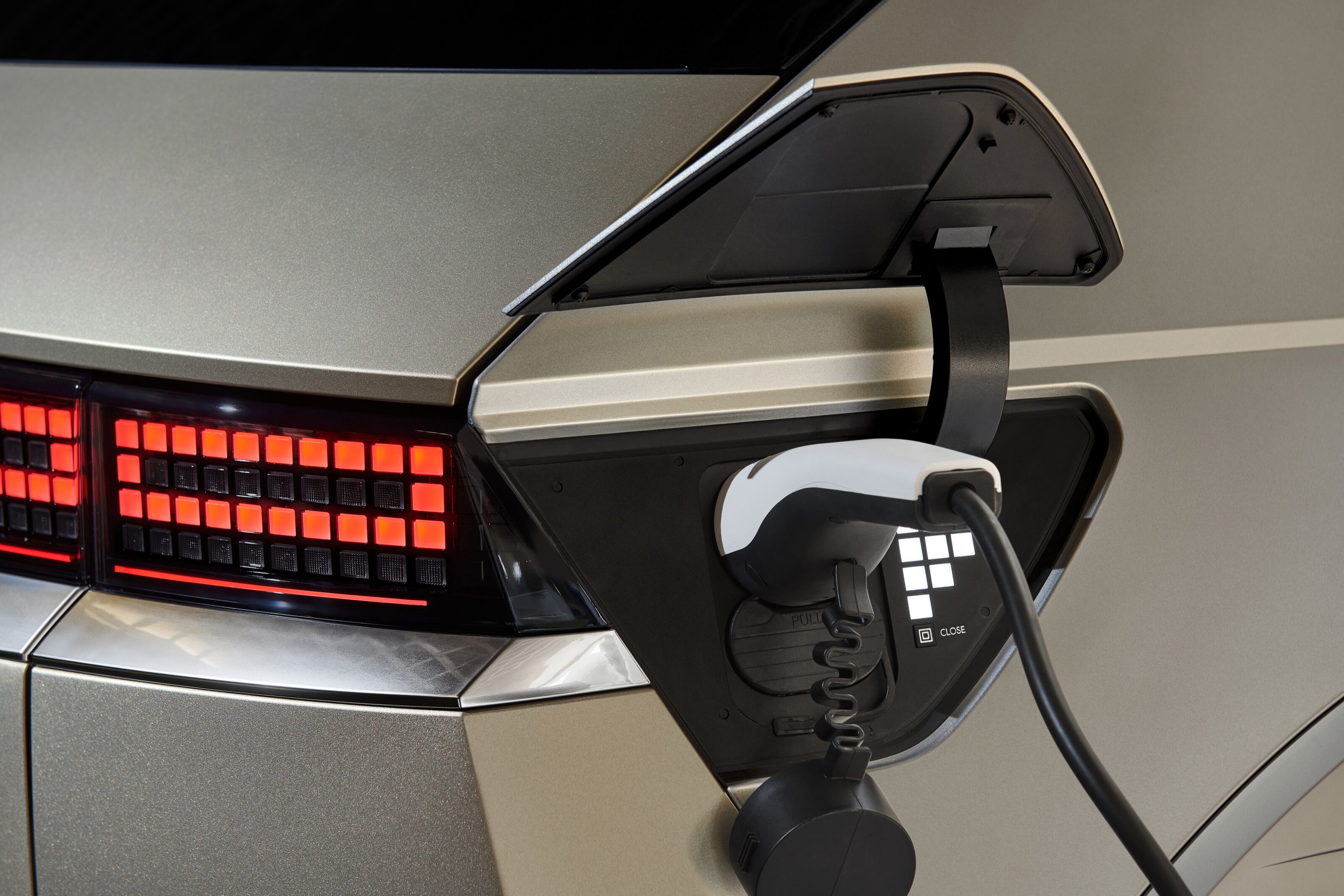
Safety features
Hyundai has one-upped Tesla in regards to safety features, as the the Model 3 does not have the Ioniq 5’s 3D surround view monitor, rear cross-traffic collision-avoidance or a blind-spot view monitor.
The Ioniq 5 also has remote smart parking assist (RSPA) and smart parking assist (SPA) included in the price, whereas Tesla wants an extra $10,100 for “Full Self-Driving” capability to get those features – which, if you’ve seen demo videos on YouTube, can be very hit or miss.
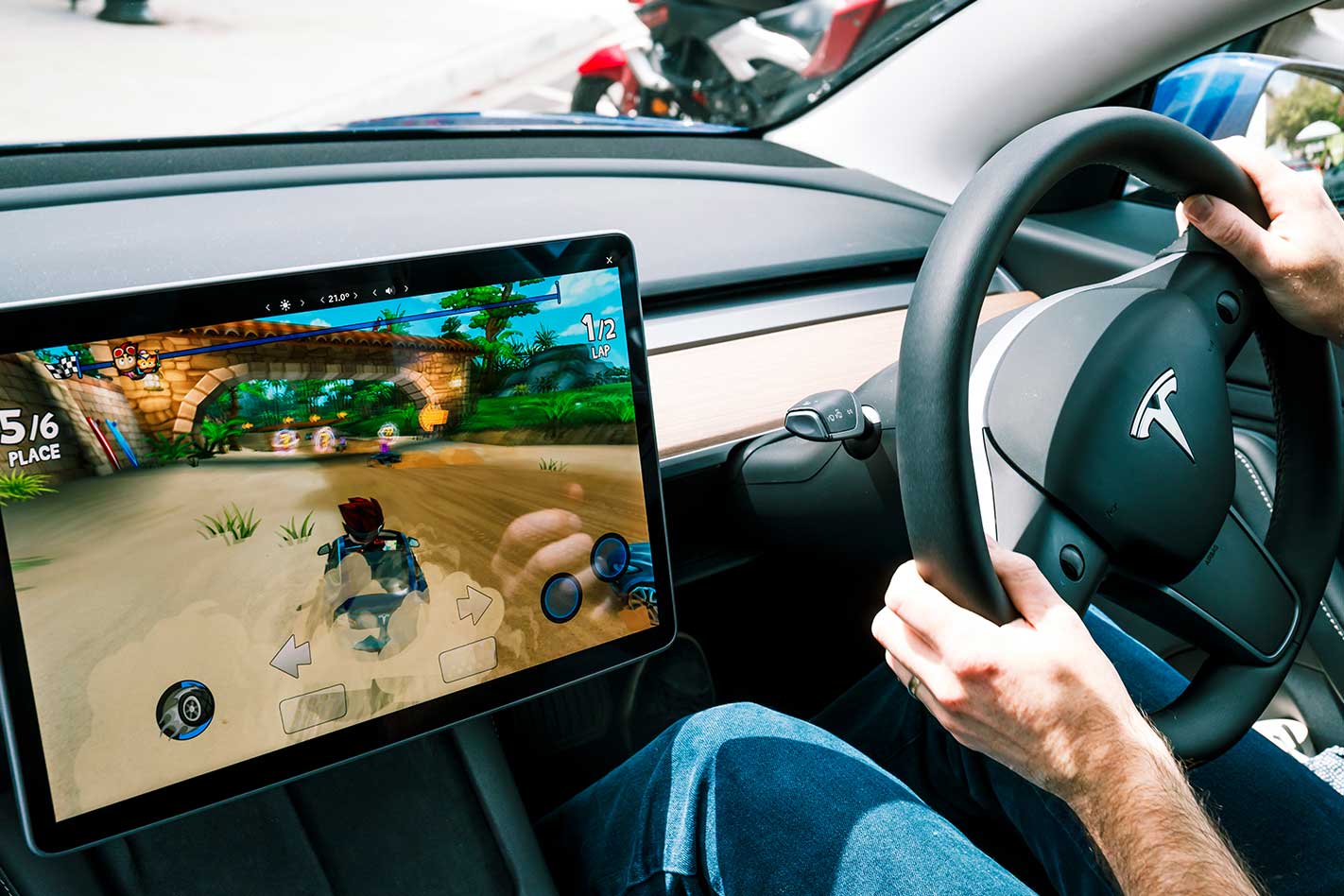
Tech features
What the Ioniq 5 has over the Model 3:
And vice versa:
| Built-in dashcam and security camera |
| Smartphone app to monitor charging and control car |
| Regular over-the-air updates |
| Built-in collection of video games, YouTube, Netflix and web browser |
| Optional u201cFull Self Drivingu201d beta software which allows autonomous driving in specific scenarios. |
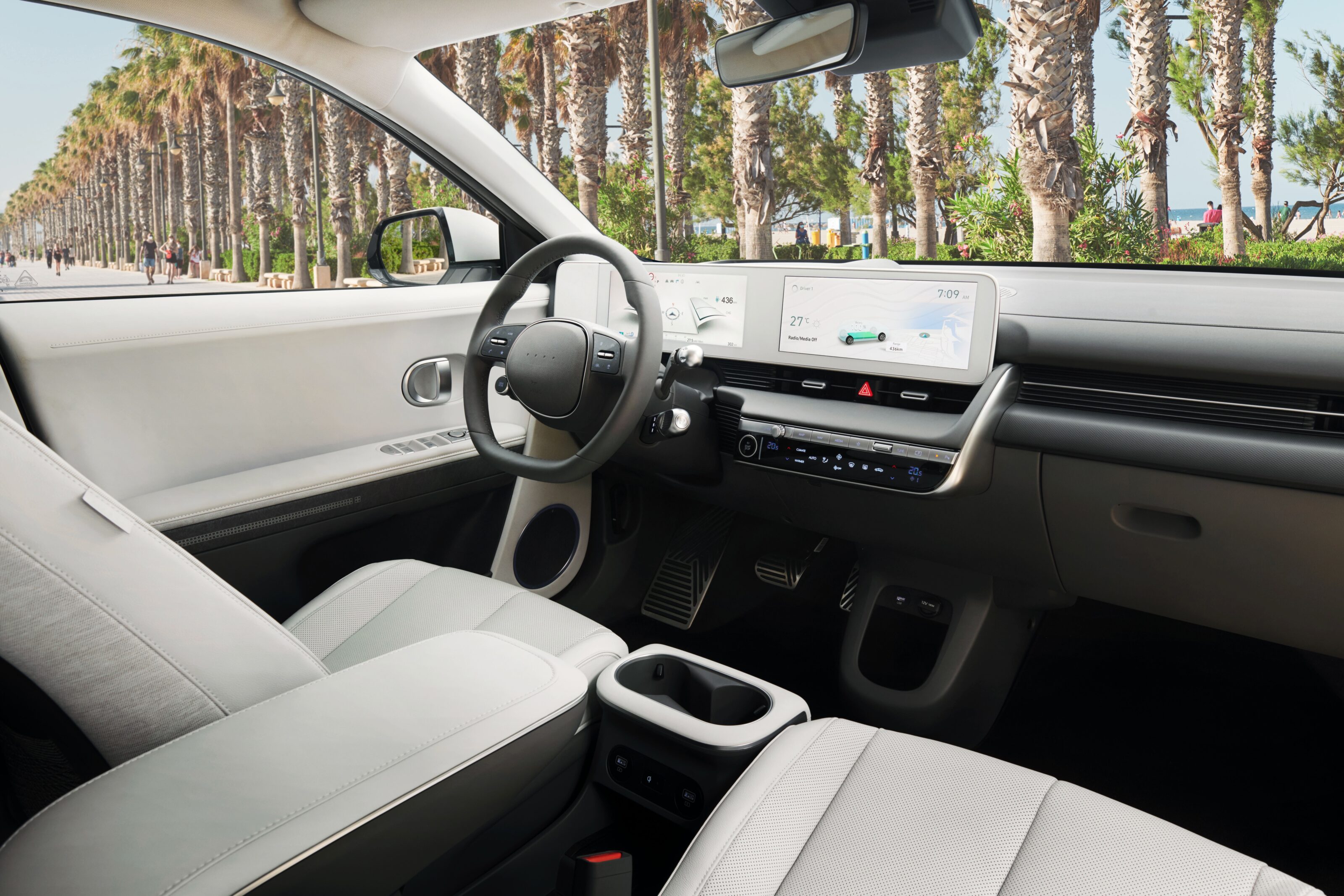
Cargo space
Externally, the Model 3 and Ioniq 5 are within centimetres of each other. But internally, the Ioniq 5 has more room for cargo.
The hatch design of the Ioniq 5 gives it 531 litres of space compared to the Model 3’s 340 litres. Roomy for a sedan, but the hatch can’t be beat if you’ve got heaps of stuff to haul.
However, the Model 3’s “frunk” is more spacious than the Ioniq 5’s cubbyhole under the bonnet, and easier to access too.
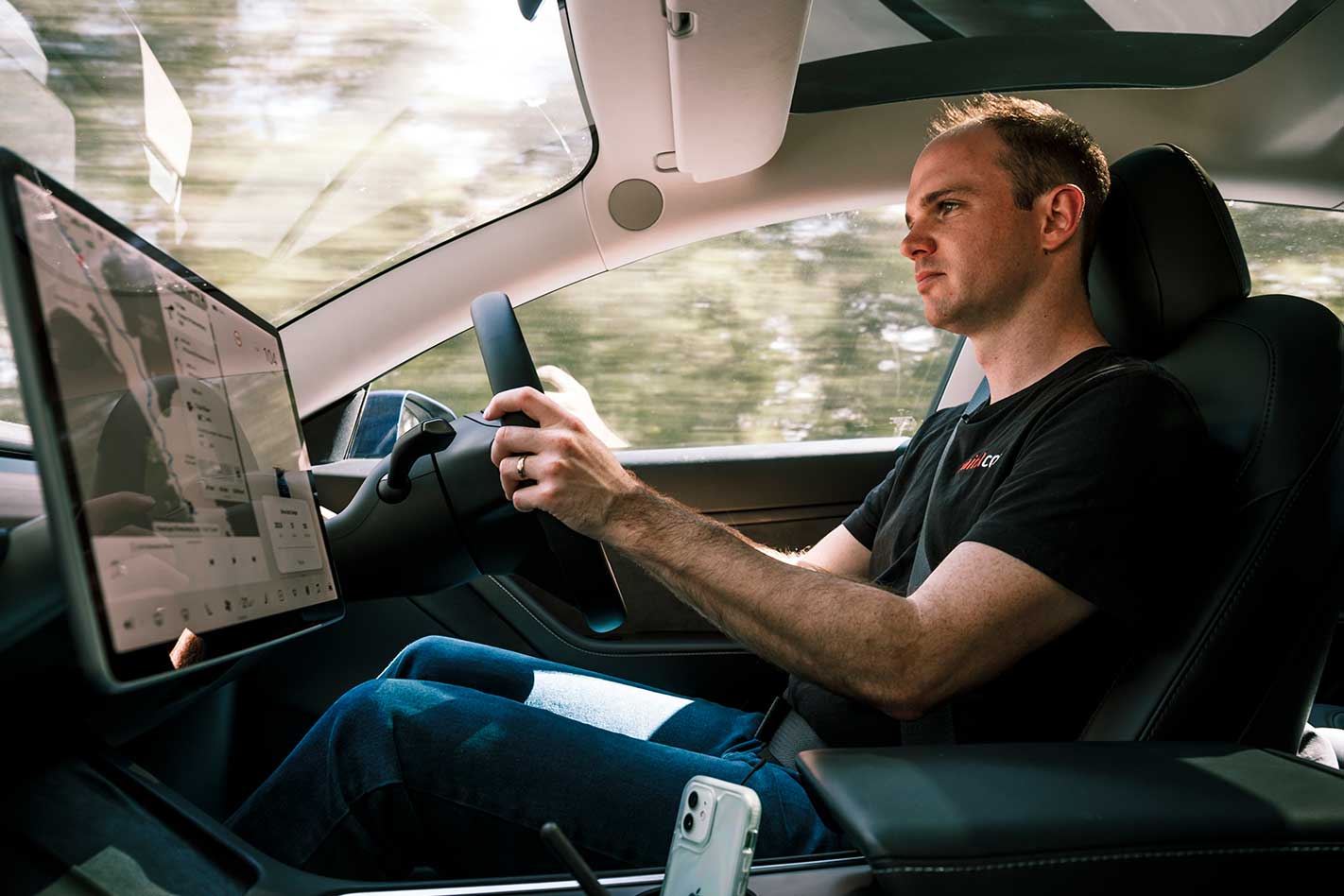
Price
From launch, the Ioniq 5 is available in a single trim level, with rear- or all-wheel drivetrains, for $71,900 and $75,900 respectively – excluding on-road costs.
Tesla has three variants of the Model 3: RWD Standard Range Plus for $59,990, AWD Long Range for $73,400 and AWD Performance for $84,900 – also all before ORCs.
Unlike the Ioniq 5, Tesla’s Model 3 Standard Range Plus just sneaks in for a $3000 subsidy from the Victorian and New South Wales governments – bringing the price down even further.
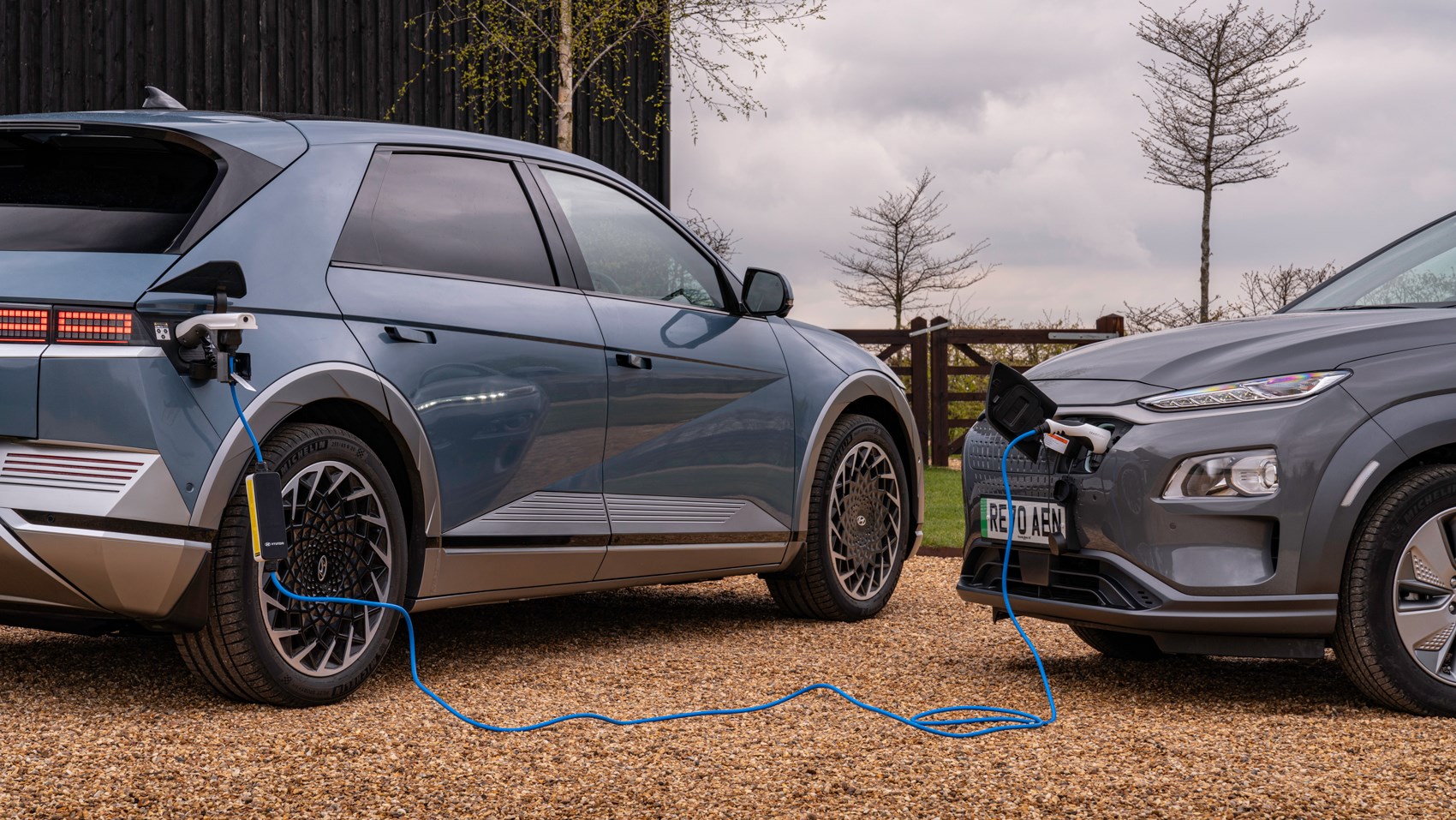
After sales support
Tesla’s four-year/80,000km offering isn’t as good as Hyundai’s five-year/unlimited kilometre warranty, but both come with the same battery deal of eight years/160,000km, whichever comes first.
It’ll be easier to get servicing on the Ioniq 5, particularly for non-capital city dwellers, as there’s 32 Hyundai ‘Blue Drive’ EV specialist dealerships across the country, compared to Tesla’s 10.
Hyundai has copied Tesla’s sales process however, as the Ioniq 5 will only be available to purchase online.
So, then…
If you need to carry heaps of cargo or people, the much roomier Ioniq 5 is a no-brainer (at least until Tesla’s Model Y eventually goes on sale in Australia) and Hyundai’s unique ‘Vehicle to Load’ ability is a dream come true for anyone wanting to ditch a noisy petrol generator.
That said, Tesla’s Model 3 Standard Range Plus is great value for an electric car, clocking in with a drive-away price at almost $15,000 less than the cheapest Ioniq 5 at the moment in Victoria and NSW, thanks to government incentives the Ioniq 5 misses out on.
For those who want the most driving range and places to charge, the Model 3 Long Range is around the same price as the Ioniq 5 and will be more road-trip friendly thanks to the bigger battery, better efficiency and access to Tesla’s Supercharger network in addition to the growing number of non-Tesla chargers.
Stay tuned for our full driving comparison of the popular Model 3 and compelling Ioniq 5
We recommend
-
 News
News2022 Hyundai Ioniq 5 pricing and features revealed for Australia
Hyundai’s bold new dedicated electric vehicle has landed, but options are limited
-
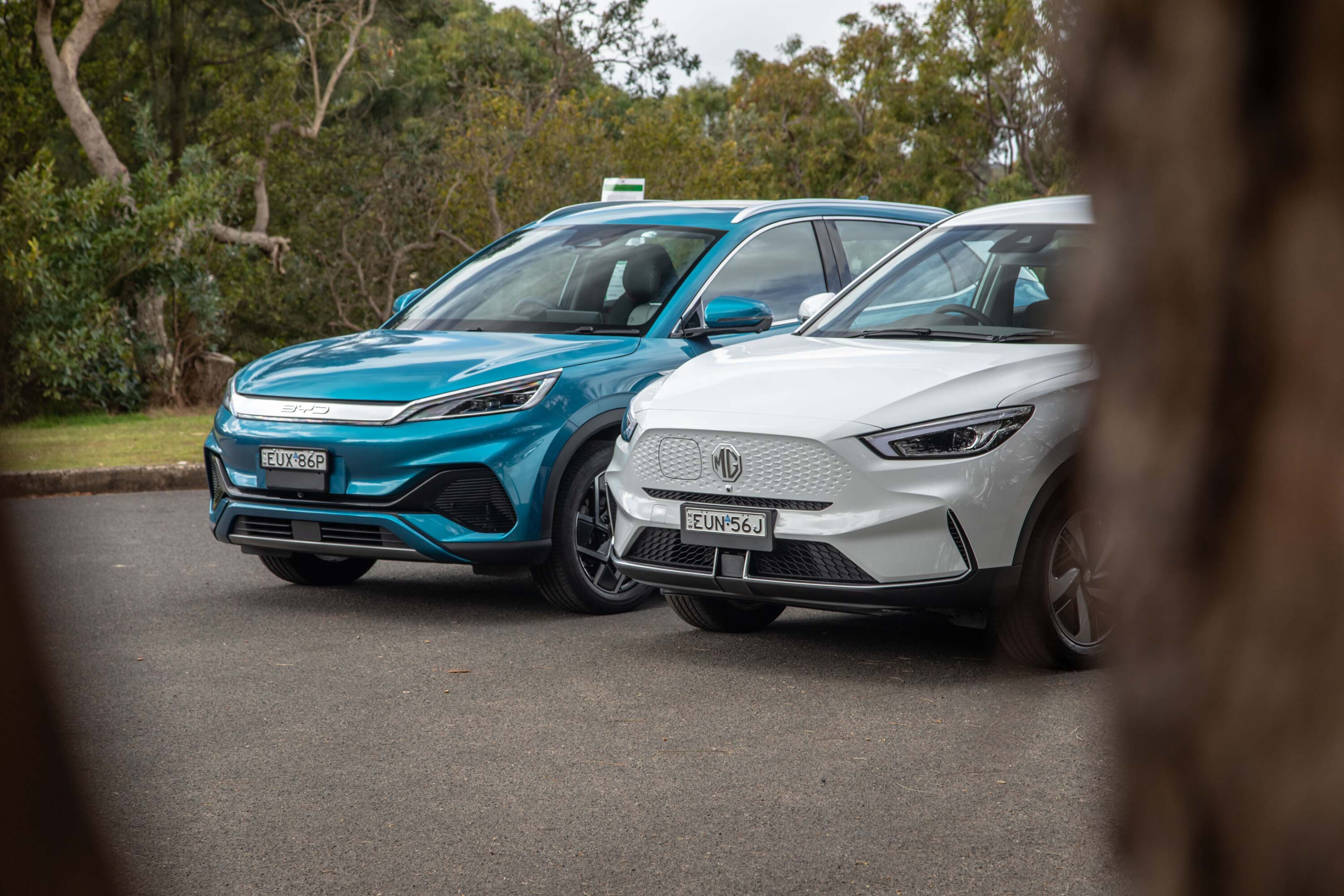 Advice
AdviceDetailed: The cheapest EVs under $60K in Australia
We detail every sub-$60K before on-roads new EV on sale in Australia, including pricing, features and warranties
-
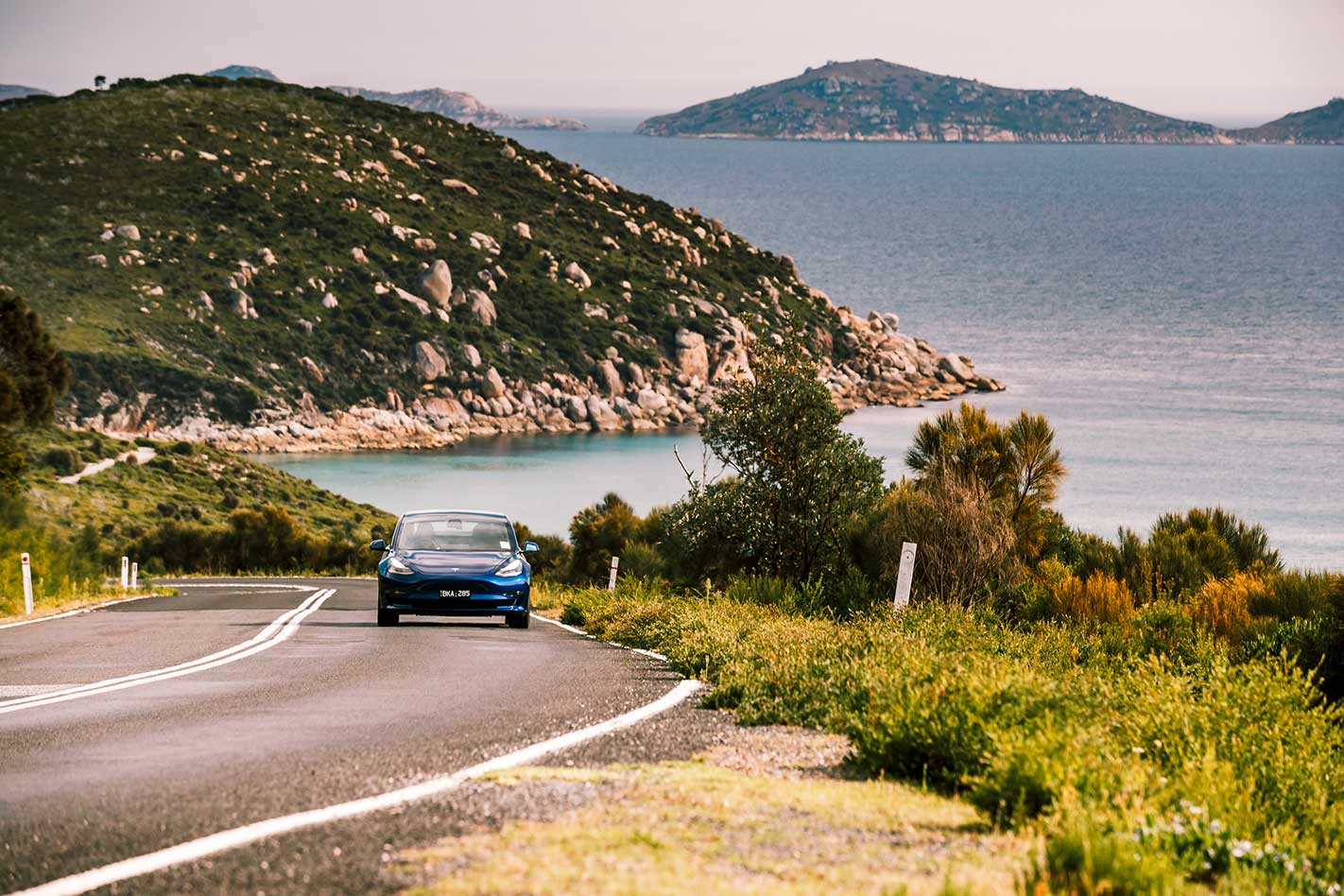 Reviews
Reviews2021 Tesla Model 3 Long Range review
How far can Tesla's long distance Model 3 travel in the real world?

